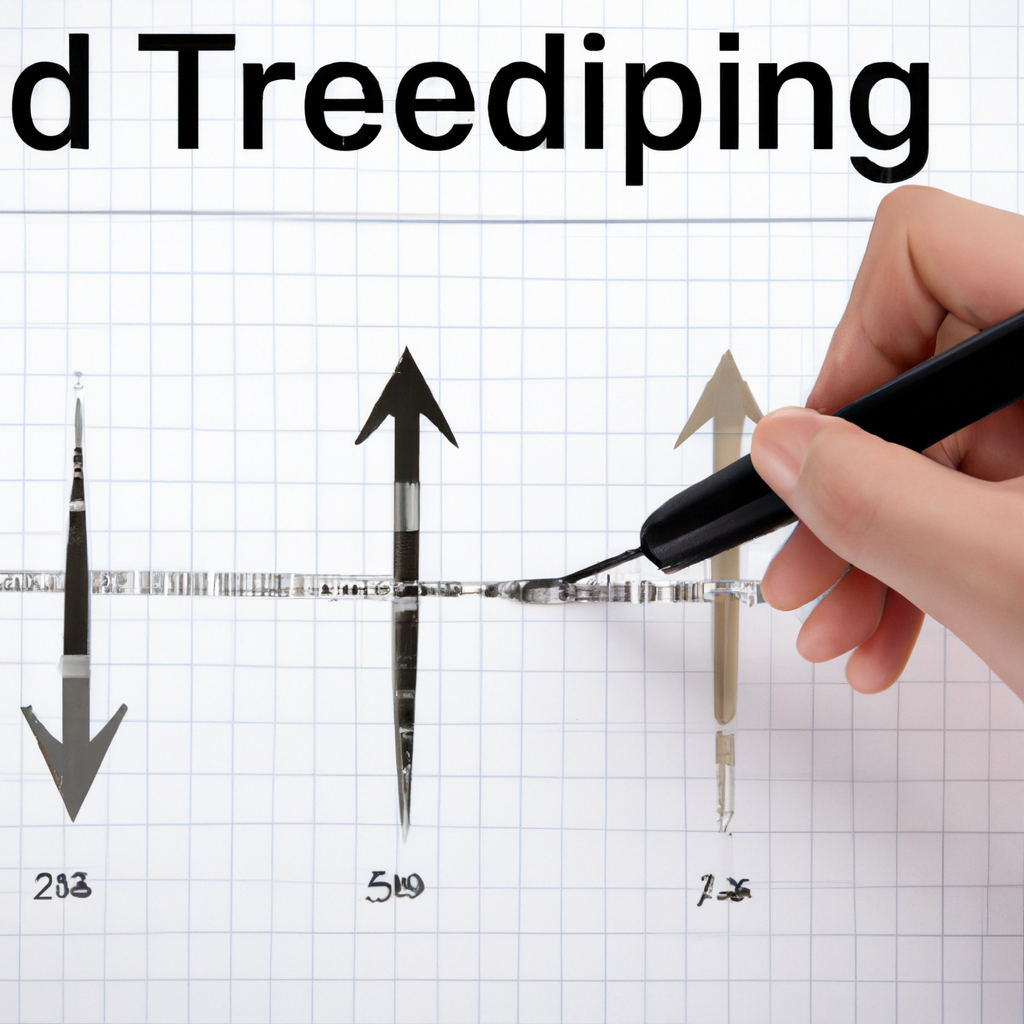
Trend Line Identification Techniques
Introduction
Trend lines are an essential tool used in technical analysis to identify the direction of price movements in financial markets. By connecting a series of highs or lows, trend lines provide valuable insights into market trends and can help traders make informed decisions. In this article, we will explore various techniques for identifying and drawing trend lines effectively.
1. Basic Trend Line Identification
The simplest and most widely used technique for identifying trend lines is by connecting a series of higher lows in an uptrend or lower highs in a downtrend. This method allows traders to visualize the overall direction of the market and potential support or resistance levels.
2. Multiple Touch Points
To increase the reliability of trend lines, it is advisable to look for multiple touch points. These occur when the price bounces off the trend line at least two or three times, indicating its significance. The more touch points a trend line has, the stronger it becomes as a potential support or resistance level.
3. Drawing Parallel Trend Lines
In addition to the basic trend line, traders can draw parallel trend lines to identify channels or ranges. Channels occur when the price moves between two parallel trend lines, indicating a potential trading range. By connecting the highs and lows within the channel, traders can identify potential entry and exit points.
4. Trend Line Slope
The slope of a trend line can provide valuable information about the strength and velocity of a trend. In an uptrend, a steeper slope indicates a stronger bullish trend, while a shallower slope suggests a weaker trend. In a downtrend, the opposite is true. By analyzing the slope, traders can gauge the potential longevity and reliability of a trend.
5. Logarithmic Trend Lines
In some cases, when the price of an asset experiences exponential growth or decline, it may be more appropriate to use a logarithmic scale for trend line analysis. Logarithmic trend lines take into account the percentage change in price rather than the absolute value. This technique can be particularly useful when analyzing long-term trends or assets with significant price volatility.
6. Adjusting Trend Lines
Trend lines are not static and should be adjusted periodically to account for new price movements. As the market evolves, previous trend lines may become less relevant, and new ones may need to be drawn. Traders should regularly review and adjust their trend lines to ensure their accuracy and effectiveness in guiding trading decisions.
Conclusion
Identifying trend lines is a crucial skill for traders seeking to understand market trends and make informed trading decisions. By using techniques such as basic trend line identification, multiple touch points, drawing parallel trend lines, analyzing slope, considering logarithmic scales, and adjusting trend lines, traders can enhance their ability to identify and utilize trend lines effectively. Remember, trend lines are not foolproof, and it is essential to combine them with other technical analysis tools and indicators for comprehensive market analysis.





